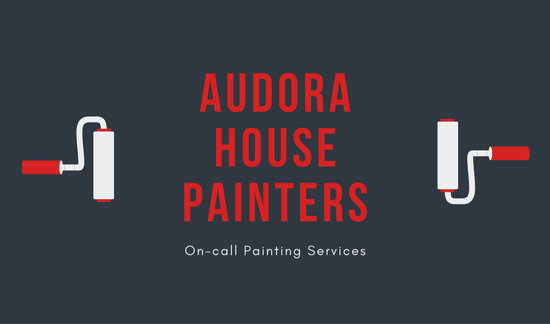Discover Exactly How Seasonal Elements Affect Commercial External Paint Success And Find The Very Best Times To Ensure Enduring Results For Your Task
Discover Exactly How Seasonal Elements Affect Commercial External Paint Success And Find The Very Best Times To Ensure Enduring Results For Your Task
Blog Article
Author-Burnham Decker
When you're planning a commercial outside painting task, seasonal elements can make or break your outcomes. You'll wish to think about how temperature level and moisture impact paint application and drying out times. Selecting the best period can guarantee your paint sticks appropriately and lasts much longer. But which seasons are absolutely the very best for this kind of work? Allow's discover the key elements that can impact your task's success.
The Effect of Temperature on Paint Application
When you're planning a commercial exterior paint project, the temperature level can substantially affect how well the paint adheres and dries out.
Ideally, you wish to repaint when temperatures vary in between 50 ° F and 85 ° F. If it's as well cold, the paint may not heal correctly, leading to problems like peeling off or breaking.
On the other hand, if it's too warm, the paint can dry also quickly, stopping proper attachment and causing an irregular finish.
You ought to likewise take into consideration the time of day; morning or late afternoon uses cooler temperatures, which can be a lot more beneficial.
Constantly examine the producer's suggestions for the specific paint you're utilizing, as they usually supply support on the ideal temperature level range for ideal outcomes.
Moisture and Its Result on Drying Times
Temperature isn't the only ecological variable that affects your industrial outside paint job; moisture plays a substantial function too. High humidity degrees can reduce drying out times drastically, impacting the total high quality of your paint job.
When the air is filled with wetness, the paint takes longer to heal, which can cause issues like poor bond and a higher danger of mildew growth. If you're repainting on a specifically moist day, be gotten ready for extensive delay times in between layers.
It's crucial to keep an eye on local weather conditions and plan accordingly. Ideally, aim for moisture degrees between 40% and 70% for ideal drying.
Keeping these factors in mind guarantees your task remains on track and provides an enduring surface.
Best Seasons for Commercial Outside Painting Projects
What's the very best season for your commercial outside painting projects?
Spring and early loss are normally your best choices. Throughout these periods, temperatures are mild, and humidity degrees are frequently lower, developing ideal conditions for paint application and drying.
Prevent summer's intense heat, which can cause paint to dry too swiftly, causing bad attachment and coating. Similarly, winter's chilly temperatures can hinder correct drying out and curing, taking the chance of the longevity of your paint job.
Go for days with temperature levels in between 50 ° F and 85 ° F for optimal results. more info here in mind to inspect the regional weather forecast for rainfall, as wet problems can ruin your project.
Planning around these variables ensures your painting task runs efficiently and lasts longer.
Conclusion
Finally, planning your industrial external painting jobs around seasonal factors to consider can make a considerable distinction in the end result. By organizing work throughout the optimal temperatures and moisture levels, you'll make sure better bond and drying times. Remember to watch on neighborhood weather report and choose the right time of year-- spring and early fall are your best choices. Taking https://www.bhg.com/decorating/paint/how-tos/should-you-paint-your-floors/ will help you achieve a sturdy and expert finish that lasts.
